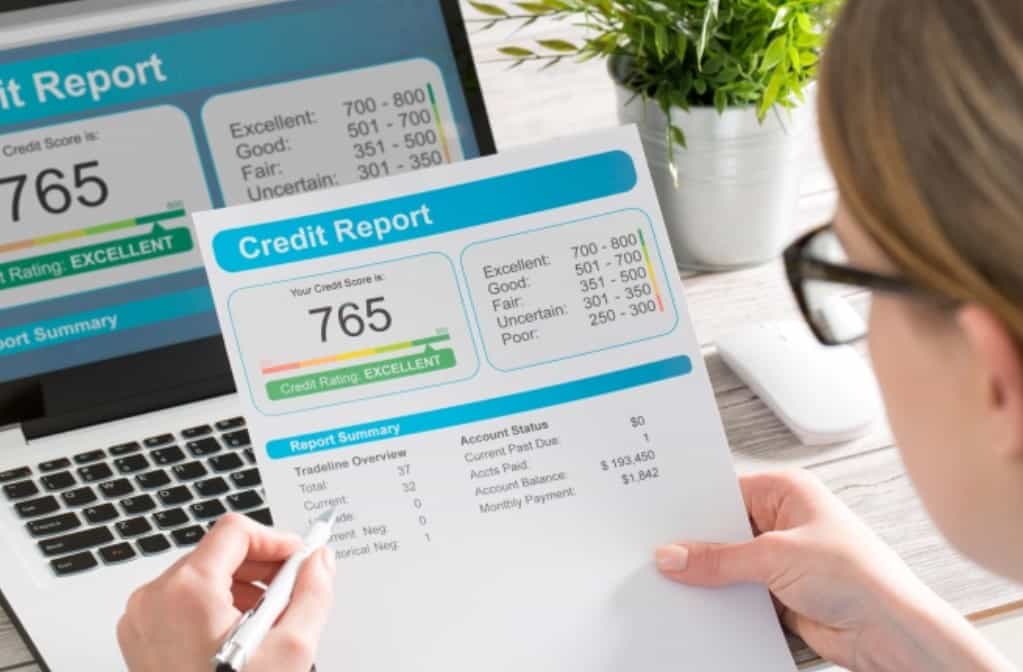
HAVING a poor credit score can be difficult for many reasons – but know there are a few smart actions you can take to improve it.
To wit, a poor credit rating makes it tougher to borrow. This could affect your next car loan or mortgage.
While you may get approved on a loan, a low credit rating could result in a higher interest rate.
In the past, you may have made some mistakes such as failing to make a payment on time or having high account balances.
Below we show you several ways of how you can improve your credit score, assuming you are under 700 points.
Reach out to your lenders
If you made mistakes in the past, the first thing you need to do is own up to them. In this case, you’ll want to write them a letter.
Along with holding yourself accountable for your credit history, inform your lenders of your plans to ensure your credit rating doesn’t slip again, and if you’ve been a customer for a while add that as well.
Also in your message, you’ll want to include an account number, the date you’ve missed payments, and other pieces of notable information.
Doing that could help you get missed payments tossed from your credit history.
Make small but timely payments
After you made your plea to creditors, you don’t want to go back to the days of having high balances and missing payments.
To avoid this, make multiple small payments per month. Not only are you keeping your balances low, but you’re increasing your credit rating.
It doesn’t directly improve your score, but you’re more likely to pay more than the minimum due, which means your balance will drop faster.
You’ll also avoid any late payment fees, which will increase your rating over time.
Use multiple credit cards
One common mistake individuals make when trying to improve their credit rating is letting too many charges run up.
According to experts, you should use no more than 30% of your available credit.
To navigate around that you could try making the payments, or use another card.
You could also try requesting a credit line increase if you keep surpassing 30% of your available credit.
Whatever option you choose, make sure you don’t apply for plenty of credit cards at once, as that’ll do more damage than good.
And no matter how many credit cards you have, the basics of keeping balances low and always paying bills on time still apply.
Get added as an authorized user
To be eligible for this step, you’ll need someone to add you to their credit card account.
This means you’ll have a card issued in your name that’s linked to the primary holder’s account.
Of course, that person will need a strong track financial track record of making timely payments. This person could be your parent, relative, or close friend.
But regardless, that person trusts you enough to put their credit scores on the line.
And yes, if you miss a payment, or rack up big balances, the primary holder could see negative changes to their credit report.
But nevertheless, as long as you make payments on time, this could be an effective way of boosting your credit score.
In just three months of becoming an authorized user, people have seen their credit scores improve by 11%, according to a 2018 study by Credit Sesame.
Transfer debt to a consolidation loan
Perhaps the most effective action you can take to improve your credit score is shedding debt.
But it’s not always that simple– especially when you need to pay back thousands to several lenders.
If that’s the case, you might want to try taking out a debt consolidation loan, which is when multiple debts are collectively transferred into a new single loan.
Under a debt consolidation loan, you might qualify for a lower monthly payment, and or a lower interest rate.
This will help you pay off your liabilities much faster and you’ll owe just one big payment.
For some, debt could be a deciding factor in their credit ratings. According to reports, what you owe determines 30% of your credit score.
Last week, The Sun spoke to Jen and Travis Smith about how no-spend challenges helped them pay off $78,000 debt in two years.























